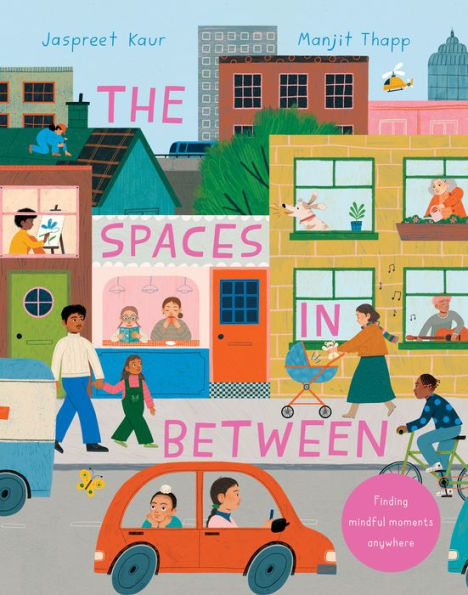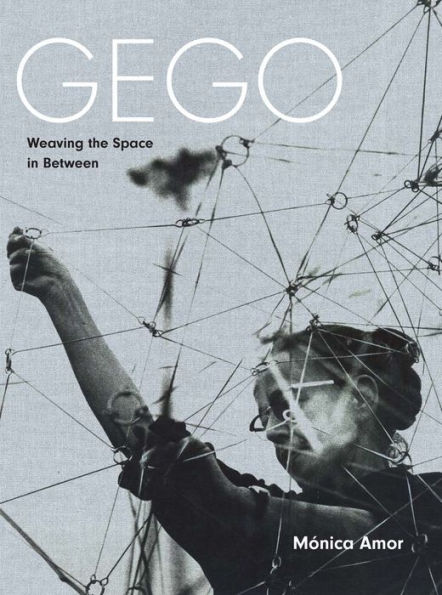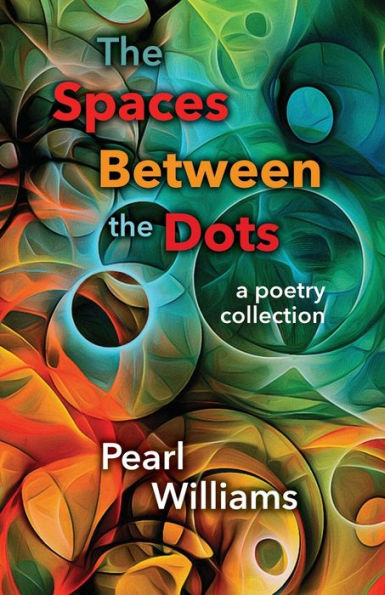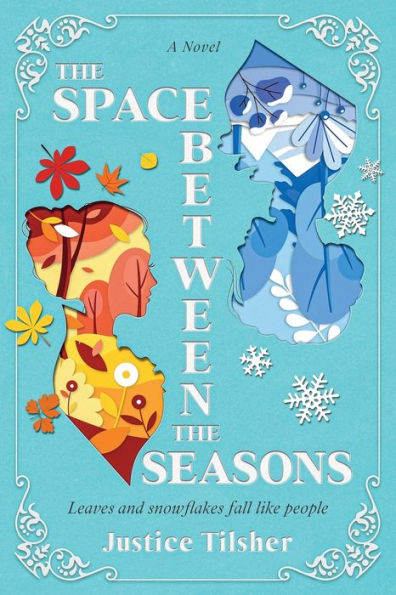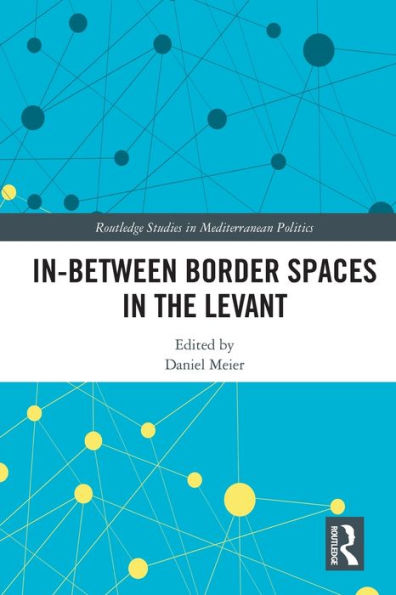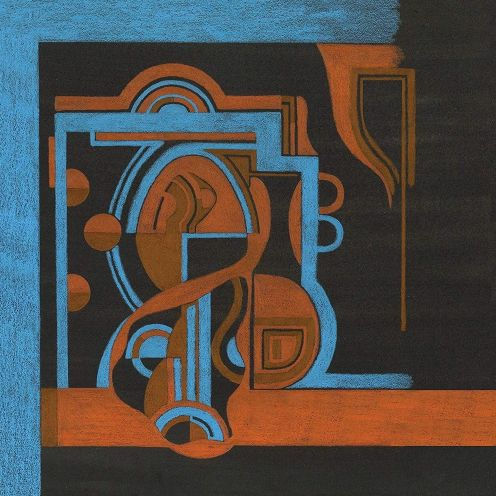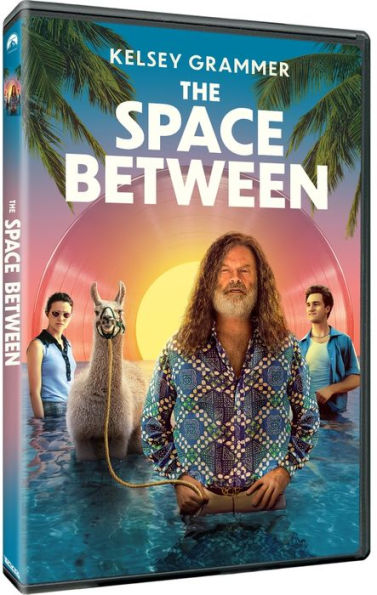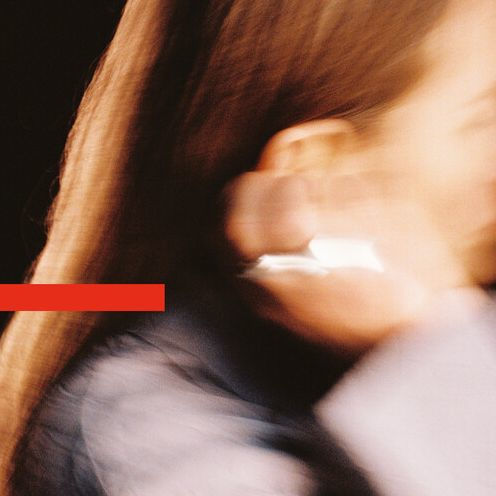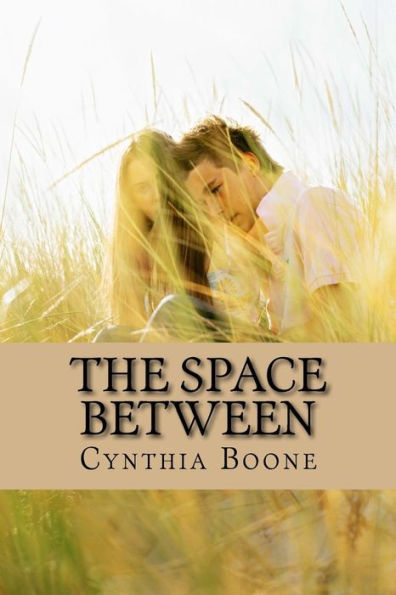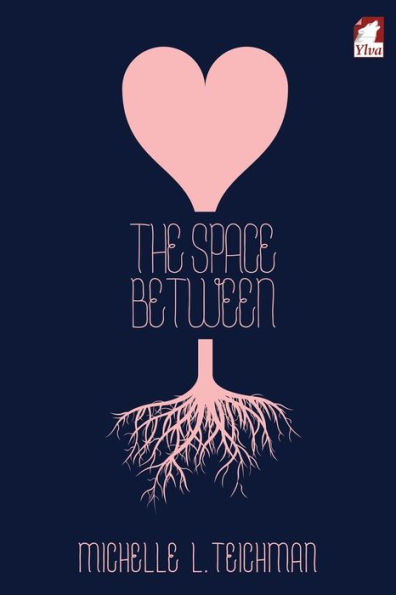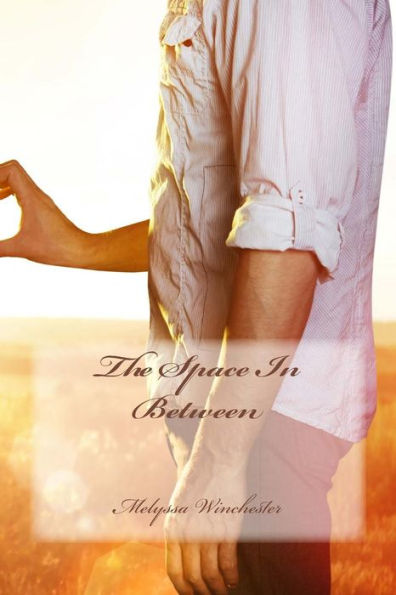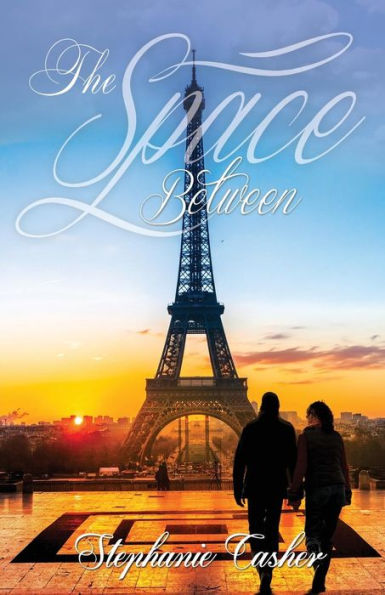Home
The Spaces in Between


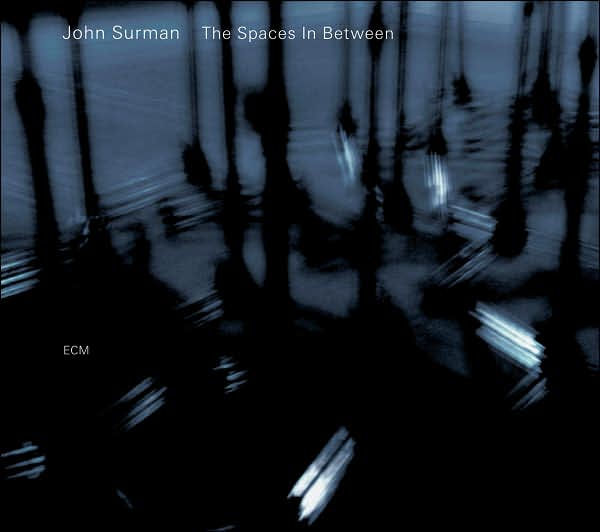
The Spaces in Between
Current price: $15.99
Loading Inventory...
Size: OS
It's been four long years since British composer and saxophonist
issued a new recording for his longtime home label,
. In a loose way,
is the mirror image of 2003's
, recorded with drummer
and the
(though that record was a mirror of the first teaming of
with his longtime collaborator, double bassist
and the then-new
).
has been writing, arranging for, and performing with
since that time. Whereas
was far more formal in structure, and its textures and colorings plotted in advance, here there are more opportunities for the strings to improvise and add more freely to the mix. There is a beauty in this, as
revisits and reconstructs pieces that go all the way back to his
years with the opening track
Don't expect to be able to recognize this one from its former incarnation. The earlier band, in which
and
played roles, was a much more fiery ensemble -- at a much louder volume -- for whom improvisation was the true prize. Here, the true treasure of the relatively spare melody
composed is worked from the ground up with restrained elegance by
, and
's role is one of being a contrapuntal ballast for the saxophonist who plays baritone in a decidedly non post-
manner.
Other previously recorded
tunes are the lovely
written for the
session trio with
. The sheer old-world exoticism of the oud is here replaced by the slowly developing theme plucked out on the violin and then played in full by the quartet as
underscores those lines with short, melodic
lines of his own, all of them resolving in passage. His soloing here is also far more engaging, allowing his own phrases to drift into one another with the end of one line suggesting the entrance of the next as
's violin hovers and swoops in improvisation in the backdrop.
enters a with a very compelling rhythm line that feels more like a solo setting, leaving
completely free to follow a different melodic path. In both pieces it's easy to hear them dovetailing, complementing one another so well it's almost as if the work was written in two distinct sections meant to be played one after another. The title cut is the hinge piece here, and occurs almost dead center. It's written as a solo violin work for
, and, at over eight minutes, is as striking a work as we've heard from
written for another instrument. Make no mistake, while there is improvisation involved here, this is a very tautly written work, where dynamic and tone demand as much control as the notes themselves.
's sense of space is singular. His lines are literally pregnant with meaning as they suggest not only themselves but reference other elements of both
traditions and its long, rich
past while looking squarely at the 20th century and composers from
to
. What takes place after this gorgeous solo work is a much more active and lush, even bright sense of coloration and gorgeous harmonic structures to complement
's solos; his lovely and poetic soprano work on
is a prime example, and the sprightly, paradigmatic
contains some of the most intricate work on the set. It's painterly in its movement, yet, at the same time suggests a look through memory's prism, the strings are so fluid and turn so quickly as
plays a nearly knotty bass solo assisted by the rich, warm tonal clusters from the quartet at its beginning, and is left alone before
joins him for some rich and utterly lovely interplay before the strings re-enter in earnest, carrying with them the kind of drama that only the memory can illustrate.
may not record quite so regularly as he once did, but given how rich, varied, and thoroughly engaging and sumptuous this work is, we should perhaps celebrate the fact that we can savor his records rather than consume them. ~ Thom Jurek
